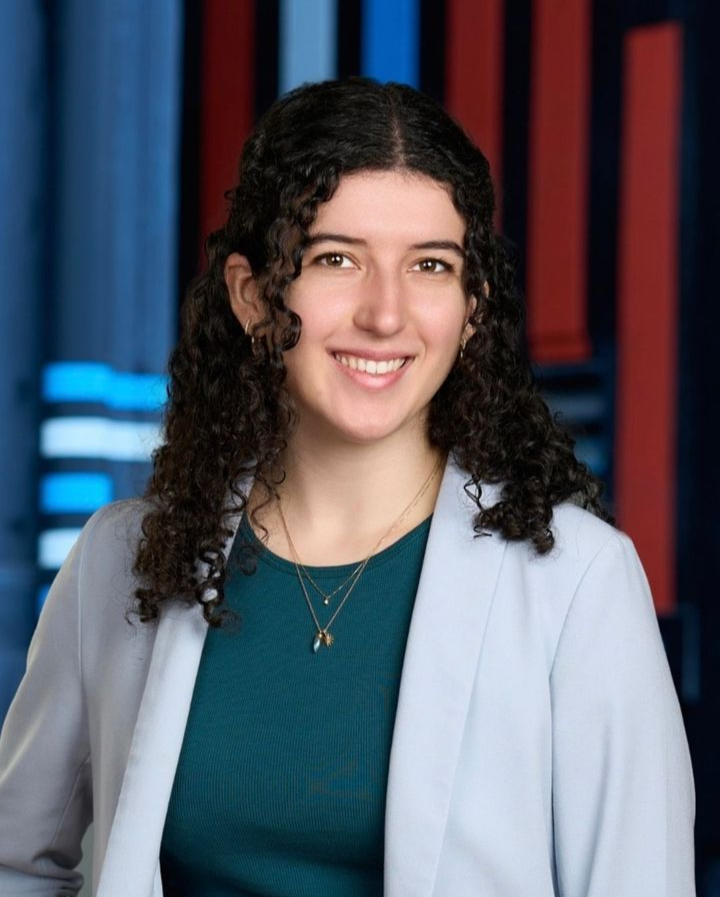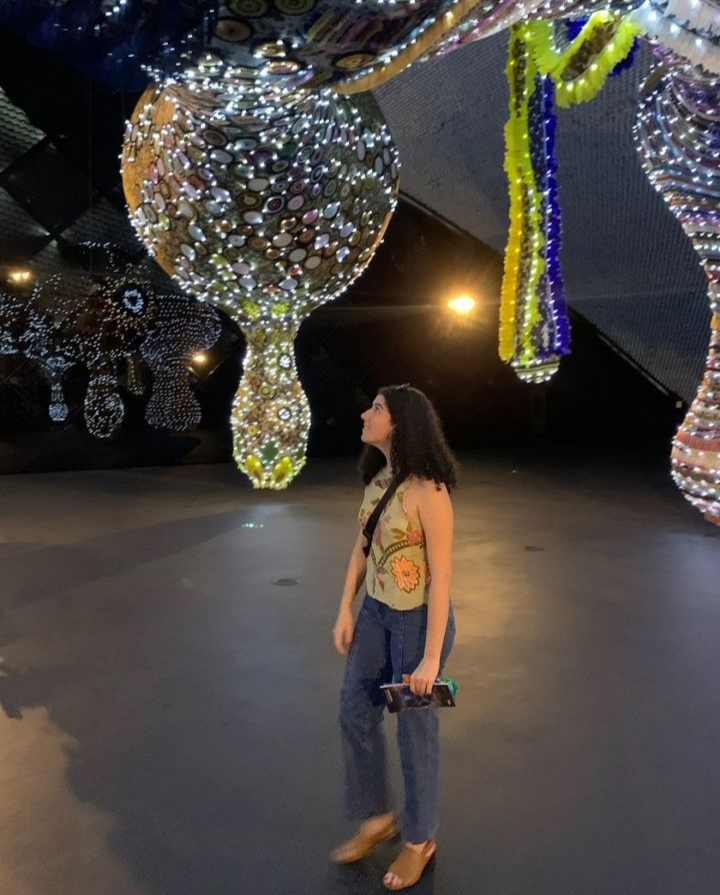Gisela Levy (c) Sylvia Stagg-Giuliano
Gisela joins us with a dynamic combination of public policy and art history experience. From poetry to painting to architecture, she is always searching out the resonances within creativity that expand the human experience. A self-proclaimed “MET nerd”, Gisela is passionate about both the built environments that shape our world and the artworks inside and outside institutions that hold space for history, spark conversations, and expand future possibilities. Gisela is excited to participate in the development of public art in Boston, especially through engaging, accessible, and creatively situated works in the city.
Q: What does public art mean to you? Why did you choose a career in public art?
GL: I arrived at public art after working in arts institutions of all kinds and getting my Masters in urban and social policy. From historic houses to encyclopedic collections, I worked in development, registrar, curatorial, and education departments learning how the arts work. When the opportunity arrived to work on public art, which I see as existing at the intersection of artistic expression and public policy, I knew it would be the right next step.
Public art touches and reframes our built environment, and more than traditional art experiences, it is accessible any time, to anyone. Public art has the potential to make history visible, in a similar way as architecture but even more specific, nimble, and reactive within its context. I think that’s what Boston needs, and I’m excited to help bring more public art to this city.
Q: What first sparked your interest in art?
GL: It would be impossible to know the first spark! To me, art is history and creativity incarnate. Art is the expression of the choices, solutions, and questions of people who lived before us. Everyone has contributed their creativity to our shared experience of the world in some way, and art to me is the moment of connection where you see, feel, or remember that contribution. When I recognize the decorative element of a building, the thoughtful design of an everyday object, the tone of a poem or painting, I feel the active participation of another human and I feel joy, relief, and excitement about what is possible.
Photo courtesy of Gisela Levy.
Photo courtesy of Gisela Levy.
Q: You first interned at the MET. What was that experience like?
GL: The Metropolitan Museum of Art is one of my favorite places in the world–it is a city in and of itself. It is staffed by sharp, generous people and when you spend time there, you feel a tangible electric charge which emanates from the objects themselves. I am a MET nerd, and have memorized the history of the building and subject friends to my “special” tours. Beware!
Q: How does your experience at Now + There differ from your past experiences in museums, publishing, and at an agency?
GL: Now + There is an incredible team of people, who are kind, smart, engaged, and imminently capable. That makes working here a joy! This is my first experience in a non-collecting and contemporary arts institution, and although I love to work with objects and archives, it is freeing to be working “live” in the creative scene. I’m learning so much from my colleagues, from our Board members, and from our supporters, who are passionate about the arts and civic life in Boston.
Q: What art/artist are you currently loving right NOW? It can be any form of art—books, music, movies, theatre, illustrators, photographers etc.
GL: I’ve been on an architecture and portraiture kick lately, and when I have the time I like to sketch urban scenes and figures. Through my work with N+T, I’ve been visiting Boston’s cultural institutions and also appreciating more and more emerging contemporary artists, which is very cool. Probably the best thing I saw recently was Pierre Huyghe’s This is not a time for dreaming, 2004, a puppet opera about the design of The Carpenter Center by Le Corbusier.
Header Photo: Lot Lab 2023. © Charles Mayer Photography




